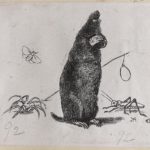Exhibition Intro ~ Map ~ Next Section
Click a thumbnail to enter the gallery. Use the arrows at either side of the image to skip forward or back.
The mirror is one of the most familiar optical technologies; ubiquitous throughout the history of art, it forms a key symbol in questions of identity and representation. The idea of reflection is crucial in Lewis Carroll’s Through the Looking-Glass. It also fundamentally structured the work of wood engravers, who constantly laboured at mirror images and mirrored signatures; everything on a woodblock had to be in reverse, to print with the correct orientation. The first six images in this section play with the idea of reflection (see gallery above).
Jonathan Crary’s book Techniques of the Observer (1990) famously brought out the importance of nineteenth-century optical devices in defining the condition of modern observers. The spectator’s body became shaped and disciplined by new technologies. This section explores the Victorian fascination with practices and apparatuses for looking. It includes images of microscopes and binoculars (nos. 7 & 8). The tenth wood engraving is an illustration destined for an article on creating ‘Christmas Magic’. Two women look at a man through a wall, using a complicated system of mirrors. It provides interesting evidence of how optical technologies were used recreationally. Here is the text that accompanies it:
This is a capital delusion, and like the Convenient Mirror, explains itself; concealed mirrors in a tube communicating with the adjoining apartment enable the magician to show his friends, who seem to be looking at the backs of books, the image of the “beloved one”; who of course must be let into the secret, or perhaps naughty boys would prefer their playmates to see a full length portrait – with the thumb applied to the nose and the digits extended. All this can be done by lighting up the figure in the adjoining apartment, and cutting off the light when required. (Laura Valentine, ed., Warne’s Home Annual, 1868)
In the Dalziel Archive, the accompanying illustration is presented without textual explanation, and it seems to me that the image means something different by itself. The ‘Christmas Magic’ text implicitly presents female viewers being controlled by male tricksters, but the image by itself shows the women in control, able freely to observe a male figure who cannot return the look: an interesting subversion of the pervasive ‘male gaze’. The science of optics was a popular subject in books, and this section includes illustrations on light and the eye from J H Pepper’s Cyclopaedic Science Simplified (1869, image nos. 9 and 12).
Artistic medium was crucial in constructing ideas about vision and spectatorship. Here you can see several images that explore media such as painting and especially photography (nos. 13–16). The section also includes wood engravings that explore acts of looking as imaginative anticipation, memory or desire (nos. 17–20).
Bethan Stevens

![Dalziel after John Tenniel, illustration for ‘Looking-Glass House’, in Lewis Carroll [Charles Lutwidge Dodgson], Through the Looking-Glass, and What Alice Found There](http://www.sussex.ac.uk/english/dalziel/wp-content/uploads/2016/07/SR1-28_p149.jpg-detail-2-150x150.jpg)
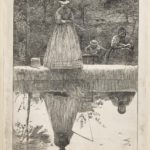
![Dalziel after John Tenniel, illustration for ‘The Lobster Quadrille’, in Lewis Carroll [Charles Lutwidge Dodgson], Alice’s Adventures in Wonderland](http://www.sussex.ac.uk/english/dalziel/wp-content/uploads/2016/07/SR3-20_p137.jpg-detail-8-150x150.jpg)
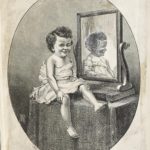
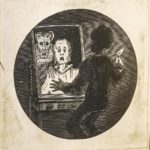
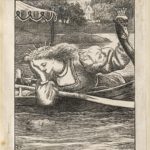
![Dalziel after John Tenniel, illustration for ‘Looking-Glass Insects’, in Lewis Carroll [Charles Lutwidge Dodgson], Through the Looking-Glass, and What Alice Found There](http://www.sussex.ac.uk/english/dalziel/wp-content/uploads/2016/07/SR7-28_p149.jpg-detail-3-150x150.jpg)
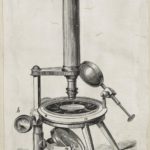
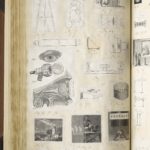
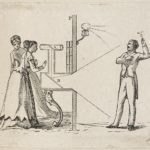
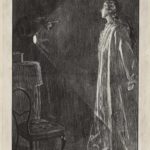
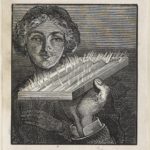
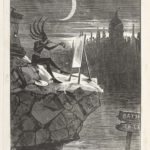
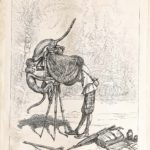
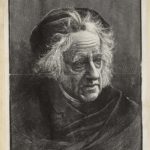
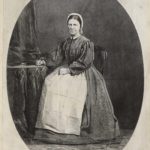
![Dalziel after John Tenniel, illustration for ‘The Pool of Tears’, in Lewis Carroll [Charles Lutwidge Dodgson], Alice’s Adventures in Wonderland](http://www.sussex.ac.uk/english/dalziel/wp-content/uploads/2016/07/SR17-20_p134.jpg-detail-5-150x150.jpg)
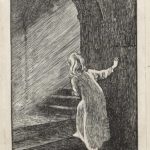
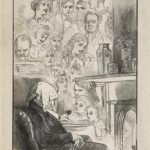
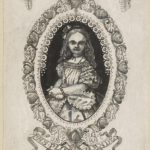
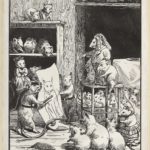
![Dalziel after John Tenniel, illustration for ‘Shaking’, in Lewis Carroll [Charles Lutwidge Dodgson], Through the Looking-Glass, and What Alice Found There](http://www.sussex.ac.uk/english/dalziel/wp-content/uploads/2016/07/SR23-28_p155.jpg-detail-2-150x150.jpg)
![Dalziel after John Tenniel, illustration for ‘Waking’, in Lewis Carroll [Charles Lutwidge Dodgson], Through the Looking-Glass, and What Alice Found There](http://www.sussex.ac.uk/english/dalziel/wp-content/uploads/2016/07/SR22-28_p155.jpg-detail-1-150x150.jpg)
